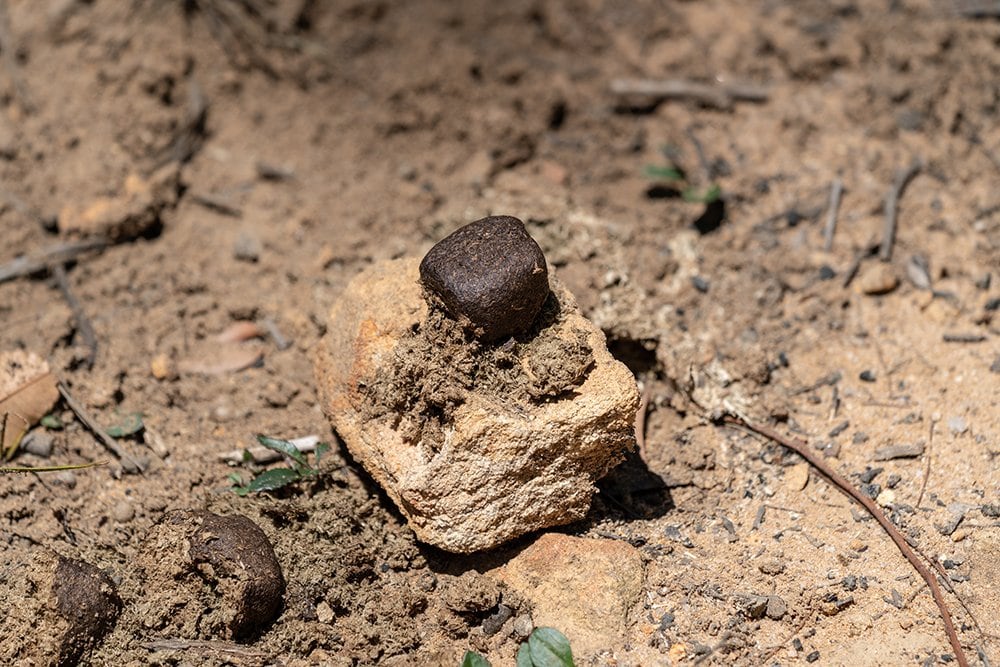Why do wombats have cube-shaped poo? Scientists may have solved the mystery

Scientists have stumbled across the reason for wombats’ unique cube-shaped poo, finding proof you can fit a square peg through a round hole.
The right-angled faeces have confounded people for years – one theory was the native marsupial had a square sphincter.
But University of Tasmania wildlife ecologist Scott Carver says the cubes are formed much higher, in the wombat’s intestine.
He made the accidental discovery during a wombat dissection several years ago, with ensuing studies culminating in the publication of a paper in scientific journal Soft Matter on Thursday.
“This is a puzzle with wombats that’s been around for such a long time,” he told AAP.
“We discovered cubes inside the soft intestines. It was such an unusual thing, because how do you make cubes in a soft tube?
“It was quite contrary to the hypotheses out there.”
With the help of US scientists, the biology of common brown-nosed wombats was further explored using faecal fluid mechanics and complex mathematical modelling.
They found varying muscle thickness around the species’ intestines, including two stiff and two more flexible regions.
The combination of faeces drying out in the distal colon and muscle contractions forms the poo’s regular size and corners.

“It’s really quite unusual. Kangaroos will often have one or two flat-ish sides but they don’t have the corners,” Dr Carver said.
Poo likely plays a key role in how wombats communicate with each other.
“Wombats have really strong sense of smell. They will leave (faeces) on a prominent rock, or a log or small rise in their home range,” Dr Carver said.
“We think that it is a form of communicating who’s present and possibly other things like reproductive status.
“We think that the cubed shape helps them aggregate. So when they get deposited on an uneven surface they don’t roll away as much.”
Wombat intestines are approximately 10 metres long, about 10 times the length of their body.
Their digestive process takes up to four times longer than humans, so they can extract as many nutrients as possible from a grassy diet.
Dr Carver and his colleagues in 2019 received a satirical Ig Nobel Prize, awarded for research that makes people laugh and think. He said the findings could be applied to other fields including manufacturing, clinical pathology and digestive health.





